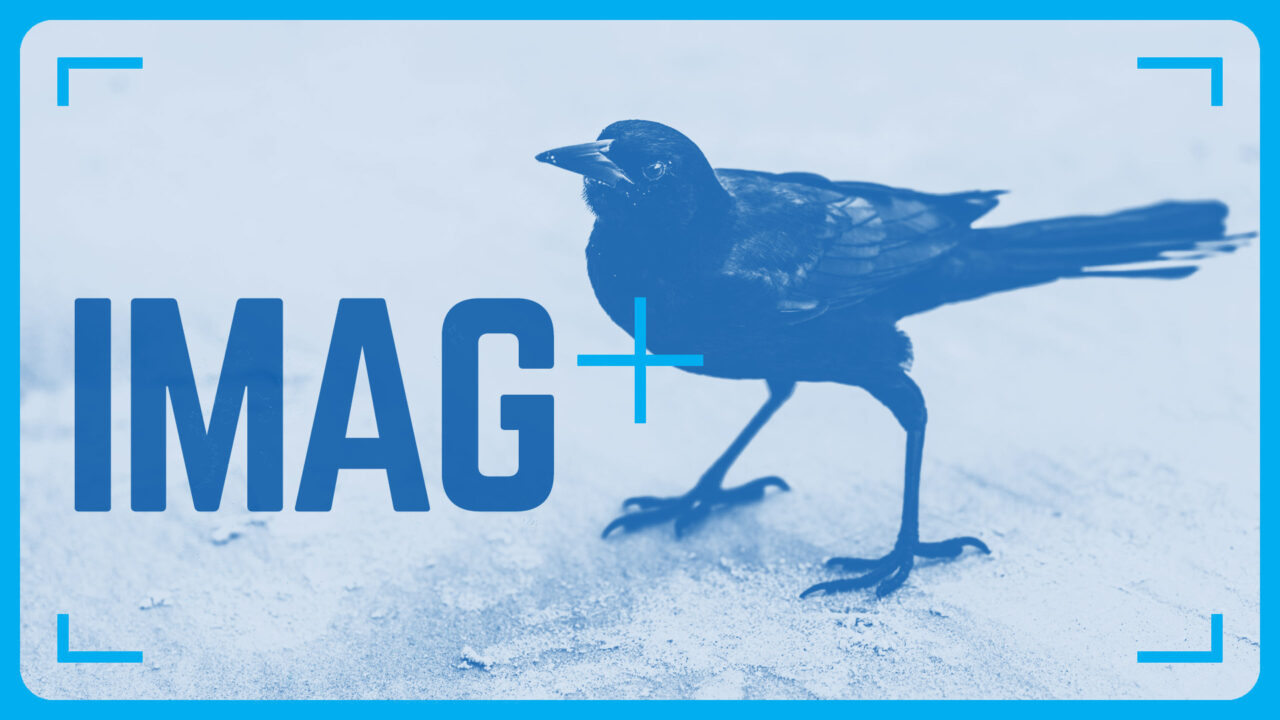WHY IT MATTERS
If you work with leadership, the C Suites and anyone impacting your business or event, at some point they will be sharing important messaging, directives and their expertise on camera. To give them a leg up we’re sharing small points we’ve experienced throughout the years to help your presenters deliver on point.
Our shared objective is to visually engage the attendees and not inadvertently distract them because of a detail they’ve never thought about. We want them to focus and stay actively engaged in listening to your message. Be aware of simple visual elements that may distract your audience and hinder their ability to maintain interest and comprehend what’s being shared by the presenter.
WHAT NOT TO WEAR
Dressing for video and live projection effectiveness has very different components you’ve probably not thought about. Realize that presenting in front of a backdrop should be considered in terms of what your presenter will look like in the camera shot. Consider what they’re wearing (more detail on that later) and how the whole picture will come together when the message is delivered. Do find out about the presenters seating arrangement (are they sitting in a chair, on a stool, behind a concealed or open desk or lectern, etc.) To this point beware the short skirt with a bar stool or behind anything transparent, risky business. Likewise, stunning heels and presenters navigating multiple levels of staging can be made worse when the stairs are curved or the presenter is unaware of a loose nail in their heel which may very well get caught on the stage covering. It’s not pretty when someone is down for the count and only made worse by a short skirt.

READY FOR YOUR CLOSE-UP?
Let’s talk about camera shots (i.e. the headshot; up-close tight shots of the face). The curse of the camera adding weight is insignificant compared to what today’s Hi-Def camera and various lenses project. Be prepared. Consider powder for light bouncing off foreheads and hair spray to eliminate unruly, thinning hair. It also makes a great dulling spray to tone down the distraction of light bouncing off shiny surfaces. One last look for lip stick on teeth, or residual food showing up to everyone’s chagrin. Will you have waist-up camera shots or long, extended full-body shots or a little bit of everything? We’re back to shoes and socks. Beware of ankle skin, it is strangely distracting. Presenters often don’t have any idea what the camera will show, up close and personal, and it will be every detail. In many cases you won’t have a stylist on hand. Always have a handy touchup bag and please don’t recycle brushes and blotters. Have a full-length mirror backstage.
COLOR CONSIDERATION
Jewel tones have the optimum color saturation for all skin types and will prevent washing you out under harsh lighting. Pastels can make skin look gray and very bright colors (think neon’s) can make skin appear sallow.
Colors near your face will either drain you of life or highlight your best features. There’s a palette of colors that look best on each of us and especially great on video. Ruby red, emerald green, and sapphire blue are highly saturated colors, so they don’t appear too bright or too muted against most backgrounds, and they look great with all different skin tones.
Avoid pastels, they wash you out on camera.
NAVY IS THE NEW BLACK
Be careful with black, it’s not as flattering as we would like to think. If you really want to wear a dark color on camera, navy is more flattering than black. Know that dark clothes can have an aging effect, because they cast shadows on skin. Black also can make dark circles appear more pronounced, giving you a more tired look.

CHOOSE SIMPLE FABRICS
Thick cottons and matte fabrics, often smooth shadows for a smoother profile. Rich, saturated colors flatter, think gem tones NOT pastels.
USE PATTERNS SPARINGLY
Avoid small, busy prints like paisleys or polka dots they look blurry on video. Other patterns like pinstripes, chevron, plaid, and houndstooth are also difficult on a tight show because they appear to vibrate.
BUT YOU LIKE PRINTS
Think about using it as an accent. A plaid tie against a solid shirt and solid jacket, a printed scarf or top under a solid sweater or blazer.

GIVE YOUR BACKGROUND SOME THOUGHT
Consider that the color background you are shot against effects how the color you’re wearing shows up on camera. Wear a color that contrasts with the background you’re against to stand out. Likewise colors loose some of their intensity in front of a dark background. Blue is a popular background color; it’s kind next to all skin tones and plays well with other colors. A white background calls for very soft lighting. Colors appear brighter against a white background.
HEADS UP
Please know that presenters clothing that matches the backdrop creates a floating head on screen. One more time, color should complement skin tone as well as contrast with the backdrop.

ABOUT THE AUTHOR
Dee Wolfe
Dee is an exceptional event producer whose career spans almost 30 years. She fine-tuned her craft in the creative studies program at Disney Institute. With infectious enthusiasm, Dee works with clients and team members to use technology and imagination to make unforgettable events.



